-
 bitcoin
bitcoin $122090.672462 USD
1.59% -
 ethereum
ethereum $4493.758974 USD
0.56% -
 xrp
xrp $3.033145 USD
0.65% -
 tether
tether $1.000629 USD
0.00% -
 bnb
bnb $1169.854250 USD
7.07% -
 solana
solana $230.954786 USD
-0.19% -
 usd-coin
usd-coin $0.999785 USD
0.00% -
 dogecoin
dogecoin $0.256108 USD
-1.12% -
 tron
tron $0.342333 USD
-0.12% -
 cardano
cardano $0.859632 USD
-0.10% -
 hyperliquid
hyperliquid $48.932146 USD
-2.25% -
 chainlink
chainlink $22.345466 USD
-1.29% -
 ethena-usde
ethena-usde $1.000217 USD
-0.03% -
 avalanche
avalanche $31.203456 USD
1.93% -
 sui
sui $3.579145 USD
1.05%
What are the secondary market strategies for NFT projects?
A healthy NFT secondary market boosts liquidity, sustains floor prices, and drives long-term value through utility, community engagement, and data-driven trading strategies.
Aug 08, 2025 at 01:59 pm

Understanding the Secondary Market in NFT Ecosystems
The secondary market for NFTs refers to the environment where digital assets are resold after their initial mint or purchase. Unlike the primary market, where creators sell NFTs directly to buyers, the secondary market operates on platforms like OpenSea, Blur, and LooksRare, enabling peer-to-peer trading. For NFT projects, cultivating a healthy secondary market is essential for long-term value retention and community engagement. A vibrant secondary market signals sustained interest, liquidity, and confidence in the project's roadmap and utility. Projects that fail to maintain trading volume post-mint often struggle with relevance and holder retention.
Liquidity Provision and Floor Price Management
One of the most critical secondary market strategies involves maintaining a stable floor price. The floor price is the lowest listed price for any NFT within a collection and acts as a psychological benchmark for investors. Projects can influence this through strategic buybacks or marketplace bidding. Teams or community members may purchase undervalued NFTs to prevent panic selling and stabilize the market. Some projects establish treasury-funded liquidity pools to support trading activity. For instance, allocating a portion of primary sale revenue to buy back NFTs during market downturns can signal commitment and restore confidence.
Another approach is incentivized listings. Projects may reward holders who list their NFTs at or near the floor price with exclusive perks, such as access to whitelist spots for future drops or governance tokens. This encourages supply availability without devaluing the collection. Using on-chain analytics tools like NFTBank or Dune dashboards, teams monitor listing behavior and adjust incentives dynamically.
Exclusive Utility and Tiered Benefits
To drive secondary market demand, NFT projects often implement utility-based incentives that activate only upon holding or transferring ownership. Examples include staking mechanisms, where NFTs earn rewards over time, or access-gated experiences such as virtual events, physical merchandise, or metaverse land. These utilities increase the perceived value of owning an NFT beyond speculation.
Some projects adopt tiered ownership models, where the benefits scale with rarity or holding duration. For example, a common NFT might grant basic access, while a legendary-tier NFT unlocks higher yield rates or voting power in governance decisions. This creates internal market segmentation, encouraging traders to seek out higher-tier assets, thus boosting trading volume. Ensuring these utilities are verifiably tied to ownership via smart contracts prevents fraud and enhances trust.
Marketplace Optimization and Data-Driven Promotions
Optimizing presence across multiple NFT marketplaces is a strategic move to increase visibility and trading frequency. Projects should ensure their collections are properly indexed on major platforms and that metadata, images, and traits are accurately displayed. Poor metadata can lead to mispricing and reduced discoverability.
Teams can leverage trading volume incentives on platforms like LooksRare, where users earn rewards based on their trading activity. By encouraging holders to trade on such platforms, the project inflates its reported volume, attracting attention from collectors and algorithms alike. Similarly, Blur offers bid-based incentives and real-time floor tracking, making it ideal for high-frequency traders. Projects may collaborate with these platforms to feature their collections in curated drops or leaderboards.
Using real-time analytics, teams identify peak trading hours, popular traits, and buyer demographics. This data informs targeted promotions, such as trait-specific auctions or limited-time discounts on gas fees for transfers. Integrating Twitter bots or Discord alerts that notify users of price drops or rare trait listings can also stimulate immediate trading action.
Community-Led Trading Initiatives and Ambassador Programs
Empowering the community to drive secondary market activity is a sustainable strategy. Projects can launch ambassador programs where active traders and influencers receive NFTs or tokens in exchange for promoting liquidity. These ambassadors may host trading competitions, offering prizes for the highest volume of trades within a set period.
Another effective tactic is establishing decentralized trading guilds or DAOs focused on market-making. Members pool NFTs to provide liquidity, earn a share of trading fees, and coordinate floor support. Smart contracts can automate revenue distribution based on contribution levels. Transparency in operations builds trust and encourages broader participation.
Community-curated rarity tools and price guides also play a role. When holders have access to accurate valuation data, they make informed decisions, reducing price volatility. Projects can sponsor the development of such tools or integrate them directly into their official websites.
Advanced Tactics: Dutch Auctions and Dynamic Pricing
Some NFT projects implement Dutch auction mechanics in the secondary market to manage price discovery. In this model, the price starts high and gradually decreases until a buyer purchases. This is particularly useful for rare or high-demand NFTs, ensuring they sell at the maximum price the market will bear. Smart contracts can automate this process, listing the NFT at a premium and reducing the price by a fixed percentage every hour.
Another advanced strategy is dynamic pricing based on attributes. Instead of relying solely on floor price, projects can use algorithms to suggest prices based on trait combinations, historical sales, and market trends. For example, an NFT with three rare traits might be algorithmically priced 40% above floor. Platforms like Genie or Tensor support such logic, enabling smarter listings.
Projects may also introduce time-locked resale restrictions, where NFTs cannot be resold for a set period after purchase. This discourages instant flipping and promotes long-term holding. Alternatively, royalty enforcement mechanisms ensure creators receive a percentage on every secondary sale, incentivizing ongoing support.
Frequently Asked Questions
How do NFT projects enforce royalties on secondary sales?Royalties are typically enforced through smart contract logic or platform-level policies. While Ethereum’s ERC-721 standard doesn’t mandate royalties, marketplaces like OpenSea allow creators to set royalty percentages during contract deployment. These are enforced when sales occur on compliant platforms. However, some decentralized exchanges bypass royalties, leading projects to adopt on-chain royalty enforcement tools like Manifold or Solana’s Token Metadata Program to ensure payments regardless of the marketplace.
Can a project artificially inflate its secondary market volume?Yes, through practices like wash trading, where the same NFT is repeatedly bought and sold between controlled wallets. While this inflates volume metrics, it is considered unethical and can mislead investors. Transparent projects avoid this by promoting organic trading and disclosing volume sources. Some platforms now flag suspicious trading patterns to maintain market integrity.
What role do bid walls play in NFT secondary markets?A bid wall is a large number of buy orders placed just below the current floor price. It acts as a support level, preventing the floor from dropping sharply. Projects or large holders may create bid walls to signal confidence and absorb selling pressure. Monitoring bid wall depth via tools like Blur helps traders anticipate price movements and assess market sentiment.
How do NFT projects handle price manipulation attempts?Projects combat manipulation by promoting transparency and community vigilance. Public dashboards showing wallet concentrations, trading history, and floor trends help detect unusual activity. Teams may blacklist wallets involved in spoofing or coordinated dumps. Clear communication during volatility events reassures holders and discourages panic-driven decisions.
Disclaimer:info@kdj.com
The information provided is not trading advice. kdj.com does not assume any responsibility for any investments made based on the information provided in this article. Cryptocurrencies are highly volatile and it is highly recommended that you invest with caution after thorough research!
If you believe that the content used on this website infringes your copyright, please contact us immediately (info@kdj.com) and we will delete it promptly.
- BlockDAG, DOGE, HYPE Sponsorship: Crypto Trends Shaping 2025
- 2025-10-01 00:25:13
- Deutsche Börse and Circle: A StableCoin Adoption Powerhouse in Europe
- 2025-10-01 00:25:13
- BlockDAG's Presale Buzz: Is It the Crypto to Watch in October 2025?
- 2025-10-01 00:30:13
- Bitcoin, Crypto, and IQ: When Genius Meets Digital Gold?
- 2025-10-01 00:30:13
- Stablecoins, American Innovation, and Wallet Tokens: The Next Frontier
- 2025-10-01 00:35:12
- NBU, Coins, and Crypto in Ukraine: A New Yorker's Take
- 2025-10-01 00:45:14
Related knowledge
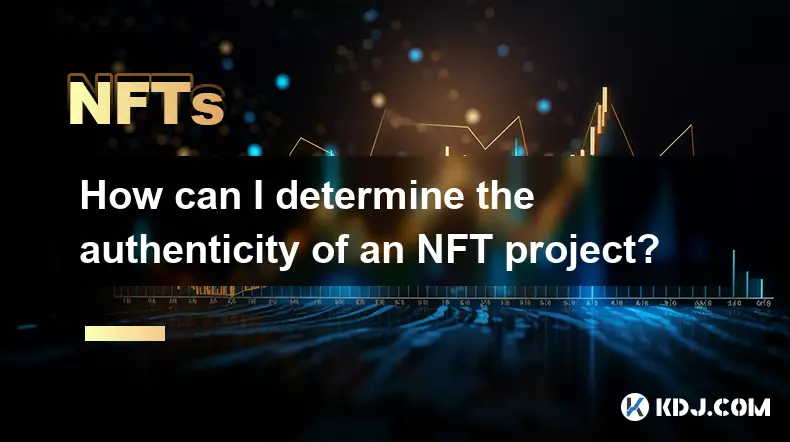
How can I determine the authenticity of an NFT project?
Sep 23,2025 at 05:18pm
Understanding the Project Team and Their Background1. Research the identities of the team members behind the NFT project. Verified social media profil...
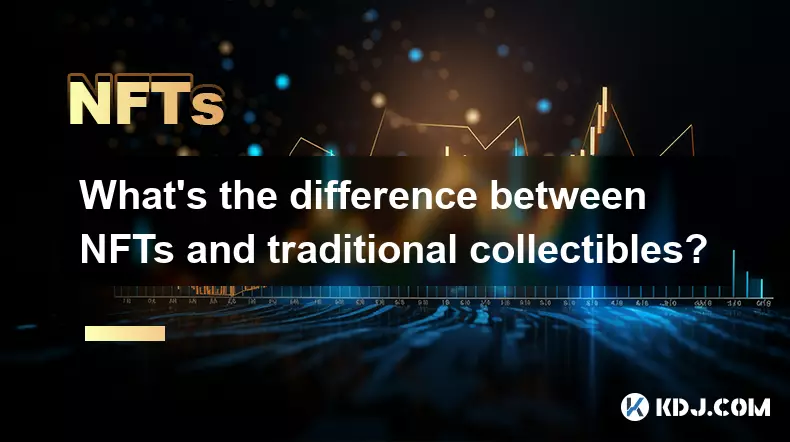
What's the difference between NFTs and traditional collectibles?
Sep 19,2025 at 12:55pm
Digital Ownership and Provenance1. NFTs are built on blockchain technology, which ensures transparent and immutable records of ownership. Every transa...
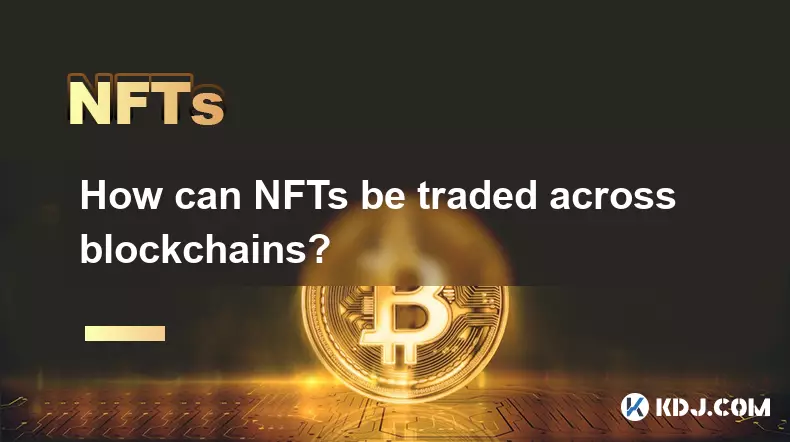
How can NFTs be traded across blockchains?
Sep 19,2025 at 12:00pm
Understanding Cross-Chain NFT Trading1. Non-fungible tokens (NFTs) are digital assets that represent ownership of unique items on a blockchain. Origin...
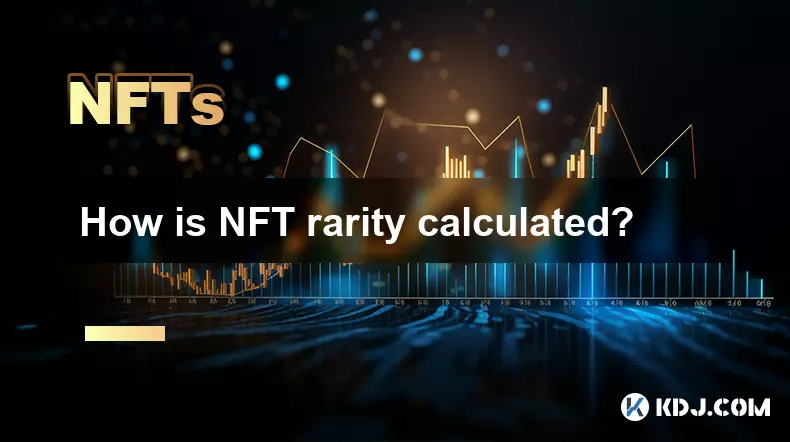
How is NFT rarity calculated?
Sep 18,2025 at 07:54pm
Understanding NFT Rarity Metrics1. NFT rarity is determined by analyzing the uniqueness of individual traits within a collection. Each NFT typically c...
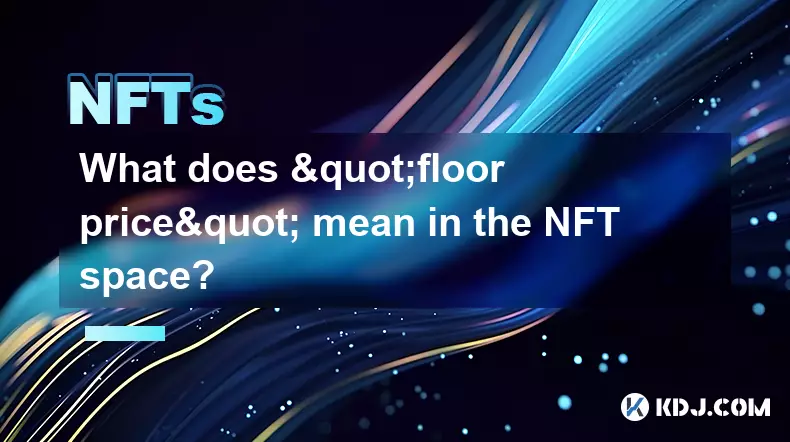
What does "floor price" mean in the NFT space?
Sep 22,2025 at 06:36am
Floor Price: A Core Metric in the NFT Marketplace1. The term floor price refers to the lowest current asking price for any item within a specific NFT ...

How do NFTs help content creators?
Sep 18,2025 at 08:00am
NFTs Empower Creators with Ownership and Monetization1. NFTs provide content creators with verifiable ownership of their digital works, ensuring authe...

How can I determine the authenticity of an NFT project?
Sep 23,2025 at 05:18pm
Understanding the Project Team and Their Background1. Research the identities of the team members behind the NFT project. Verified social media profil...

What's the difference between NFTs and traditional collectibles?
Sep 19,2025 at 12:55pm
Digital Ownership and Provenance1. NFTs are built on blockchain technology, which ensures transparent and immutable records of ownership. Every transa...

How can NFTs be traded across blockchains?
Sep 19,2025 at 12:00pm
Understanding Cross-Chain NFT Trading1. Non-fungible tokens (NFTs) are digital assets that represent ownership of unique items on a blockchain. Origin...

How is NFT rarity calculated?
Sep 18,2025 at 07:54pm
Understanding NFT Rarity Metrics1. NFT rarity is determined by analyzing the uniqueness of individual traits within a collection. Each NFT typically c...

What does "floor price" mean in the NFT space?
Sep 22,2025 at 06:36am
Floor Price: A Core Metric in the NFT Marketplace1. The term floor price refers to the lowest current asking price for any item within a specific NFT ...

How do NFTs help content creators?
Sep 18,2025 at 08:00am
NFTs Empower Creators with Ownership and Monetization1. NFTs provide content creators with verifiable ownership of their digital works, ensuring authe...
See all articles










































































